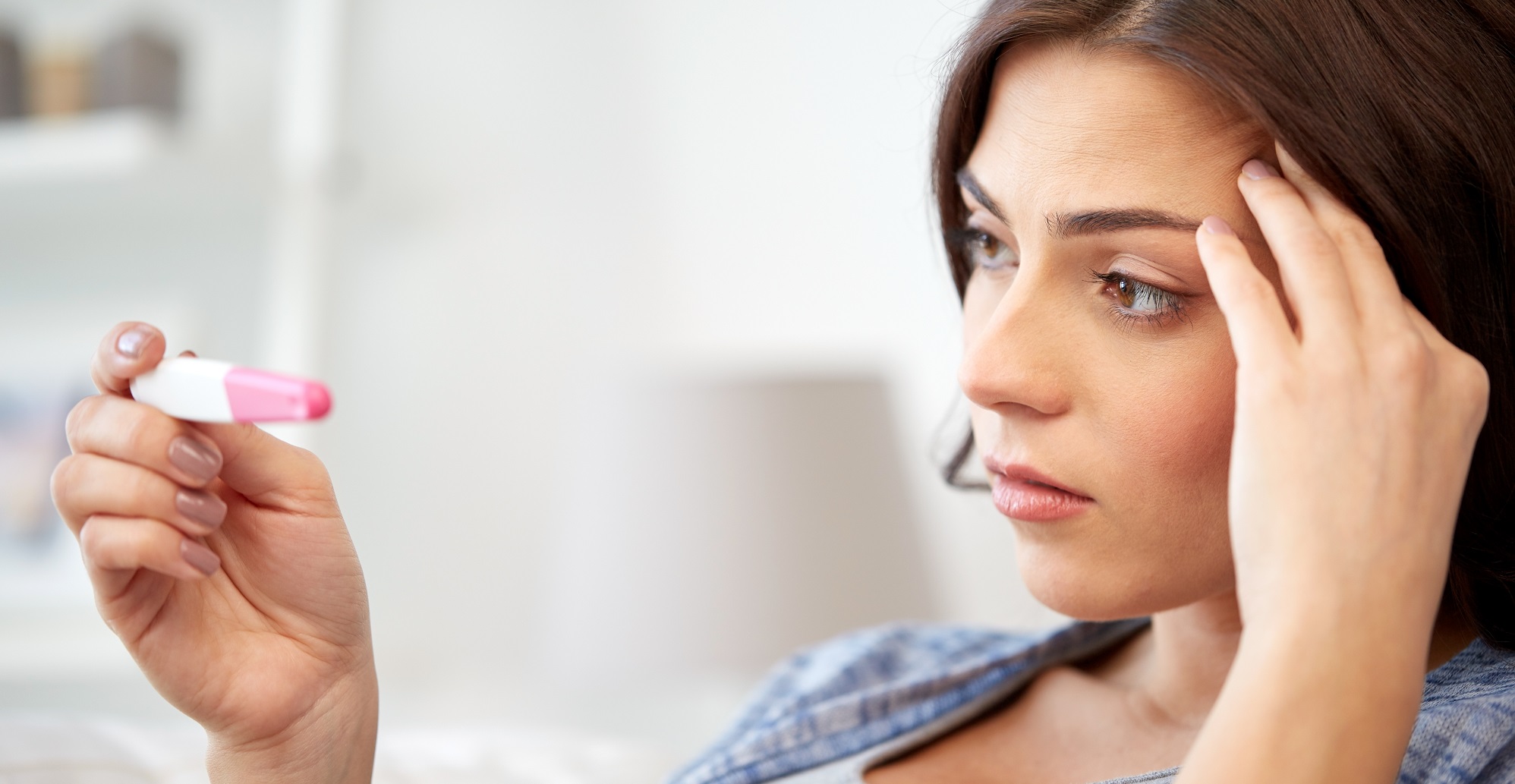We usually think of something rather dramatic when imagining someone who is experiencing a heart attack: he would hold his chest, collapses to the floor and seems to be in a great deal of suffering. These symptoms are consistent with the textbook definition of a heart attack.
However, contrary to the common knowledge that a heart attack should be unmistakable and obvious, heart attack may feel way subtler for some who experience it, especially the women.
Sweating, chest tightness, nausea and jaw pain -- believe it or not, these are all symptoms of a heart attack in women. Unfortunately, women often brush off as the flu, stress or gastric reflux—which could put their lives in danger for not seeking medical help at the earliest.
In 2018, ischemic heart disease remained the principal cause of death for the Malaysian population. Among the female population, it is the second largest cause of death, only 0.6% less than pneumonia, the largest cause of death for females.
With heart attack being such an important cause of death for the female population, the lack of awareness about heart attack symptoms among the population is worrying.
Heart attack symptoms for women
The most common heart attack symptom in women is the same as in men – some type of chest pain, pressure or discomfort that lasts more than a few minutes or comes and goes. However, the chest pain women experienced is often less severe than their male counterparts, sometimes even barely noticeable. To women, heart attack may often resemble “pressure” or “tightness” rather than pain. Yes, it is entirely possible to have a heart attack without chest pain.
According to a sex-related differences study on the subjects of Global Registry of Acute Coronary Events (GRACE), what makes heart attack more tricky for women is that the symptoms they experience may be unrelated to chest at all, such as:
-
Neck, jaw, shoulder, upper back or abdominal discomfort. The upper back discomfort may feel like an intense pressure as if there’s a rope being tied around you or squeezing against you.
-
Nausea or vomiting
-
Trouble breathing. You can even feel so out of breath as though you ran a marathon, but you haven’t made a move.
-
Pain in one or both arms
-
Sweating or having cold, clammy skin
-
Lightheadedness or dizziness
-
Unusual fatigue
-
Indigestion or acid reflux
-
Feeling anxious
In contrast, men who have heart attacks are less likely to experience such symptoms than women. As such, heart attack in females is often dubbed as ‘atypical heart attack’, because their symptoms deviate from the conventional heart attack symptoms.
Why do women experience heart attacks differently than men?
One of the possible explanations is that, as opposed to male heart attack sufferers who usually have their main arteries blocked, women tend to have blockage in the smaller arteries that supply blood to the heart. Therefore, the chest pain in female heart attack sufferers may not be as obvious as man.
Prevent a heart attack
To prevent the blockage of your blood arteries and thus a heart attack, you can:
-
Work with your doctor to get medical conditions such as high blood pressure, high cholesterol, and diabetes under control.
-
Stop smoking, if you smoke.
-
Exercise at least 30 minutes a day, on most days of the week.
-
Lose weight, if you are overweight.
-
Eat lots of fruits and vegetables and low-fat dairy products, and not a lot of meat or fatty foods.
-
Limit your alcohol intake to no more than 1 drink a day.
-
Get treated for depression, if you are depressed. Depression increases your chance of getting heart disease.
What to do during a heart attack?
Call for an ambulance or dial 999 immediately. Then, if you have some, take one aspirin tablet. Do not only take aspirin and not get the ambulance, as sometimes you may be missing the golden time to treat a heart attack and prevent fatality.
Other sources:
-
https://oklahomaheart.com/blog/womens-heart-attack-symptoms-atypical#.X3LOCmgzZEY
-
https://www.myhealthmylife.com.my/cardiovascular/heart-attacks








